
The wonderfully frustrating thing about running is that it reveals your body’s weaknesses quickly, due to the repetitive stress it places on the body. Any issues with form are compounded and rear their heads as injuries fast! I recently spent a couple of days at home, stuck on the couch (not cool!) following the RICE (rest, ice, compression and recovery) routine for my gastrocnemius, which I strained during a long run prepping for a half marathon.
Your gastrocnemius, or your calf, is a sexy muscle (just check the illustration!) that similar to your biceps, has two heads. Unfortunately despite its shapely form, it is often overlooked in the stretching and strengthening routine of runners in favour of muscles that often give athletes more of a run for their money, namely the hamstrings, quadriceps and IT band. Sure enough, prior to my run, I had rolled out my hips and IT band with my YTU® therapy balls, but had skipped my calves.

The two heads of the gastrocnemius attach on the posterior surface of the femoral condyles (thigh bone) and the posterior surface of the calcaneus (heel bone), via the Achilles tendon. Every time you roll over the balls of your feet in your gait cycle or you flex your knee, you ignite the gastrocnemius.
So why is the gastrocnemius the bane of runners’ lives? This muscle is crucial not only in running, but also walking. For starters, the calf often lacks strength and is tight from sitting or wearing heels or shoes that limit optimum ankle and foot movement. A 20 minute run can average anywhere from 1000 – 2000 steps, which requires the gastrocnemius to work harder and harder, especially as you increase your mileage, stride and speed. Eventually, your gastrocnemius is going to let you know – very clearly – that you are asking too much of it.
At mile 8 of my 10-mile run, I felt a stinging sensation in my calf, like someone had shot a pebble at the back of my leg. Post-run I followed the RICE protocol, but the damage was done. By evening, walking re-created the same stinging sensation in the back of my leg.
What was I to do now? There are different categories of muscle strains (I, II and III), each with a different suggested recovery regimen. Regardless of the severity, you want to make sure the muscle is fully healed before training again to avoid further injury. After that, it’s a good idea to strengthen the injured muscle and make sure you properly warm up and cool down before hitting the pavement or the trails again.
Come back on Friday for a few suggestions on how to strengthen and release your gastrocnemius for pain relief to get you back on your feet!
Enjoyed this article? Read R.I.C.E or M.E.A.T: What To Do When Recovering from Injury

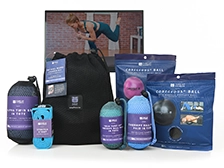
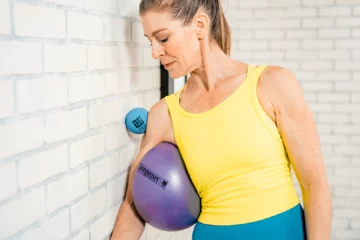

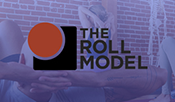
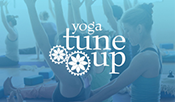


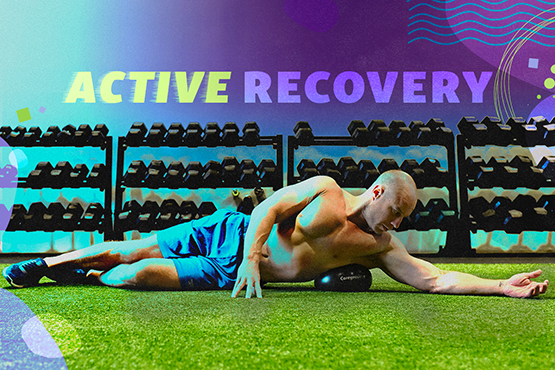
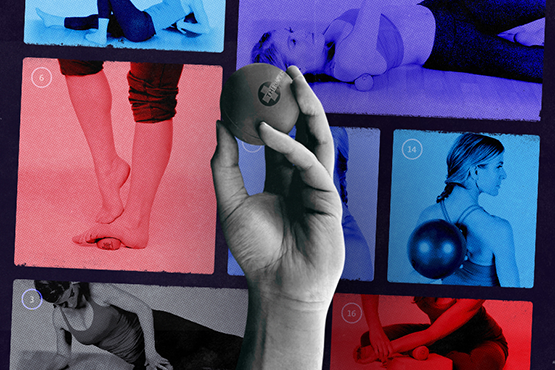
Very nice article , and reminder that we have to remember to roll even the muscles that we might not usually think about. As a student of YTU and after this wonderful training l just finished am going to carry what l have learnt with me everyday.
Great inforinformation for us runners. Thankyou
Thank Emilie Mikulla , yesterday me and some friends, we worked to make a new roof to a old house. But after my ten hours of climbing with every kind of tool and weight, my calf just tell me they were just ‘brûlés” of those exercises. I know since the start of the day that those security shoes were heavy and hard as steel but no choice with all the nail of the roof. I did a lot a rolling and other play with the ball and my feet were new again after that day of working. But your articule make my understanding better of my calf. Merci beaucoup
My calves and my calcaneal tendon have been very tight since I started biking. I’m also wondering if a bigger part of the reason that they are tight is that I spend much of my day in plantar flexion of the ankle. I sleep in plantar flexion, hang out doing work on my computer in plantar flexion and love to sit in virasana. In addition to rolling out the calves it might also be beneficial to look at our habits and how we spend most of our day. Starting to create new ways of moving/resting could also potentially help alleviate this imbalance. In our training today they had a poster up that said “the way you do anything is the way you do everything” I feel like that definitely rings true for me with my calves!
I’ve noticed that I should probably roll my calves twice day, just waking up and before bed. That so much of my daily activity tightens these muscles. I’m a dance teacher and so much of what I will demonstrate will be in (demo-pointe) plantar flexion that by the end of my teaching night they can be hard as rocks. About 3 years ago I strained the same muscle as you, and ever since I’ve had to take special care of my calves.
I have recently started paying more attention to my tight calf muscles. I’ve noticed that after rolling ny calves, I have more range of motion in dorsiflexion.
Thanks for article. That part of the body we never make attention. But we should
I wholeheartedly agree and was myself guilty of neglecting my calves, which is just not a viable option for long trail runs. Thank you for sharing your experience and the reminder of the importance of stretching and strengthening the gastrocnemius (I raise a calf to that … or two).
Calf stretches are a part of my every day routine! This is awesome for runners, but it’s also important for anyone who wears a heel lifted shoe which is most everyone. It’s incredibly hard to find a zero drop shoe these days… I tried finding some at DSW and was SHOCKED that there are pretty much no options. Even a slight lift in the heel of a shoe shortens the calf. If you’re a runner who has been walking around with that shortening and then you go pound the pavement… you can make it even worse. So it’s not hard to understand why frequently paying attention to calves and calf health is so important!
I usually get tight calves after doing a strenuous work out such as Muy thai Kickboxing , Personal Training and Zumba. After my work I would Roll this area with my Yoga Tune Up Balls which would loosen up the knotted mass and dense tissue. However, I have noticed that I would roll both my calves more than once just too unloosen the muscle. I also noticed that my Hamstrings get tight as well so I would have a lot stretching exercises for this area. One of the stretches that my trainer told me to do is couch stretch which ,opens my hip flexors and loosens up my tight hamstrings. Since I have been doing this stretch I have noticed an improvement when doing squats. I would squat closer to the floor then just half way without getting knee splints. All in all I find that rolling with Yoga Tune Up balls and doing stretching helps me a lot with my range motion and flexibility.
I used to be a runner as well before I suffered with severe shin splints (Periostalgia). I saw a sports doctor and was told the fascia of my Tibalis Anterior is being torn off the bone each time I have impact on my lower leg. I teach zumba and I love to run, play squash and just stay active.
Some major findings I have found are like you, stretching and rolling out the calves along with the quads hamstrings and IT bands, as well as decreasing my sugar intake has significantly improved my shin splints and I experience less inflammation in my lower leg.
Don’t forget after an injury to get a proper massage as you will most likely have some scar tissue in the healing process that you may not be able to get to yourself. Thanks for the article I couldn’t agree more that this is a very important muscle to stretch and take care of.
I agree with Sonia that everyone needs to give their calves some love. I think in general, they’re a part of the body that is often overlooked and people don’t pay attention to them enough (or ever!). I’m going to go check out your other post now, so I can see your suggestions to strengthen and release the calves!
I think this also applies to Dancers. We have a bunch of ways to strech the calf but spending much kneaded time on it can a better solution.
I think anyone runners, and non-runners alike can benefit from giving their calves a little love. The effects of sitting and/or heeled shoes affects all of us in today’s society. Looking forward to those strengthening and release techniques you will follow up with.
This is an awesome post! I really appreciate it! I am a runner and whenever you look up pre run stretches etc… you end up with a whole ton of hip and hamstring stretches and the calves don’t get much attention (and mine are unusually tight) I am excited to see what stretching techniques you include.